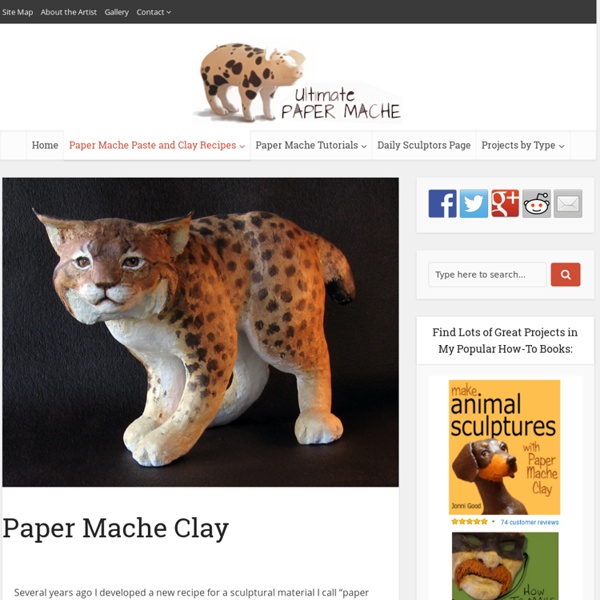Dukno Yoon / MetalWorks
Movement and interactive relationship with the body has been the most important element throughout my body of work. However through these works, I also started to explore the mechanical structure as a form. Mechanical structure becomes the most enjoyable form to me as it becomes complex yet remains simple and coherent. The contrast between metal structural form and natural feather, together with the repetitive and whimsical movements of fragile wings, provokes the imagination and evolves the intimate relationship between work and viewer/wearer. Although the recent series, segmented wings have been focused on the formal challenge to engineer an intricate movement that simulates bird wings, these works are intended to be a series of poems in which I develope my own formal language, interpret the nature of wings, create various structural forms with movements, and share the metaphor, imagination, humor, with viewer/wearer. A Passage Introduction for Exhibition catalogue written by Susan Ewing
» Slip, Engobe, or Underglaze? Robin Hopper Demystifies Three Common Pottery Materials
Slips and Engobes Slips are predominantly liquefied clay; they usually are applied on wet to dry greenware. Engobes usually have a lower clay content and also can be used on bisque-fired ware. The word slip generally is used to describe any clay in liquid form. All slips and engobes can be colored with oxides, carbonates and stains. Sometimes very crusty surfaces can be made by applying slips and engobes over the fired glaze surface and then refiring. Casting slips give extremely good properties for use as a drawing medium in a fine-to-medium aperture trailer. Slips used for decorating usually are mixed with water only, unless specific qualities of fluidity or viscosity are desired. Slips can be used to coat another clay to make it lighter, darker or colored. 7 Methods of Slip Decoration Engobes and Underglazes The word engobe is used most often in North America and describes a wider range of uses in the development of the decorative surface. 2) Fluxes as used in glazes; 6) Colorants.
1curric
Ceramics@Goshen
| What do we learn in this class? | Course Requirements? | Learning Tasks? First Assignment on the Wheel | Second Assignment - Vertical Throwing What do we learn in this class? skills You will learn minimum skills using the potter's wheel, slab building, coil building, glaze application, and firing. knowledge of art We will work at some basic questions about art. knowledge of ceramics We will cover the special qualities of the materials and processes used in ceramics. learning in art - how it happens We take class time to discuss student work in progress. Ask for instructor counsel. Since unfired clay can be reprocessed, you decide what to fire. Course Requirements? time on task Regular attendance at 2 sessions per week is expected. attendance Each class session is planned to provide new information and inspiration. production requirements Each student brings in all the work from the term to be evaluated at the end of the term, a production (work) grade is based on only the 12 best pieces. text
Hazards in Ceramic
Lead poisoning from pottery glaze and paint NO form of lead or arsenic may be used in our materials without specific clearance and training from the instructor. Lead is hazardous to breathe, to ingest (eat), and can be released from firing into the air. Finally, any container glazed with these materials may be toxic to eat or drink from because lead can leach into food or drink stored in the vessel. In paint, lead carbonate was formerly used for white. The following hazardous materials may be used with care and precautions. Antimony oxide, barium of any form, beryllium, borax, cadmium, selenium, cobalt, colemanite (or gerstley borate), copper, chromium (chrome), lustre preparations, manganese, nickel, potassium dichromate, vanadium, and zinc. The court did not find legal proof of negligence on the part of the chemical suppliers. The following materials can liberate toxic fumes while being fired. Sulfides, chlorides, fluorides, and to a lesser extent carbonates. OUCH! Allergies
Building A Hollow Bust
Rolled slabs insure an even thickness throughout the piece, except, of course when additions are made. It depends on the size of the piece. A life size bust may have added hollow forms (could be the nose) like a massive amount of hair. Equus Machina by George Palovich Tang Dynasty Horse Geo



